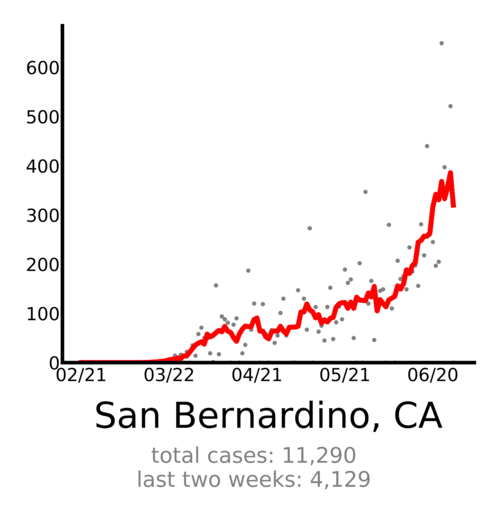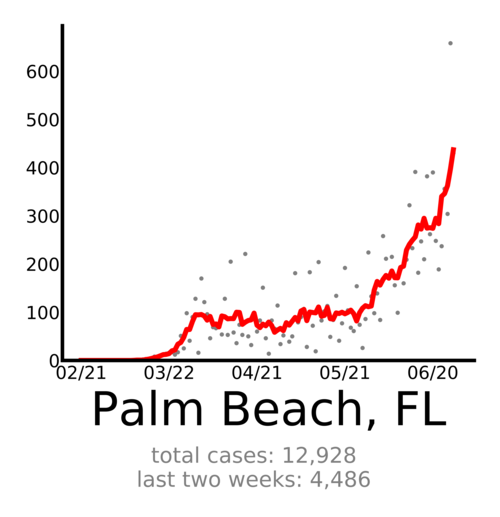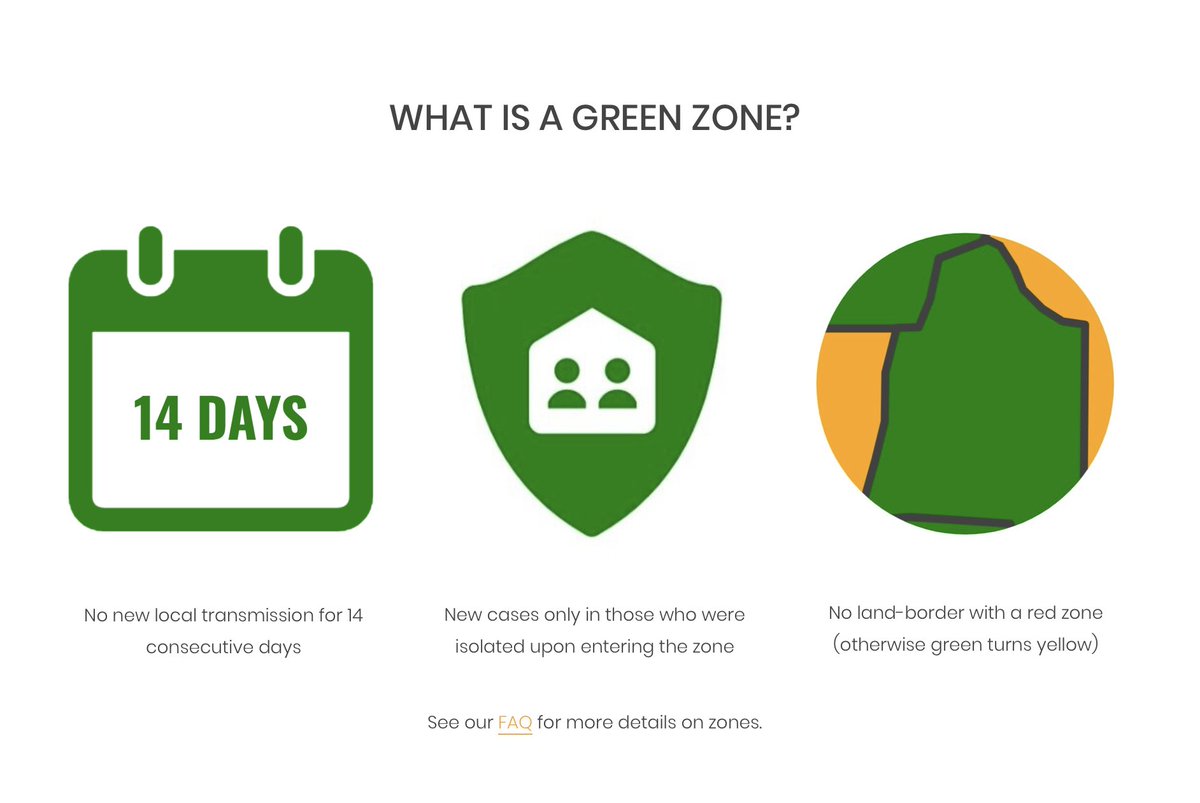endcoronavirus.org/papers/psychol…
For example, 5 cases in a county of 50,000 in a nation of 5M population. Instead of 5M people being concerned only a little (5/5M), we have 50K alert people with (5/50K = 1 in 10,000) and 4.950M people living an almost ordinary life (including normal economic activity),…

















